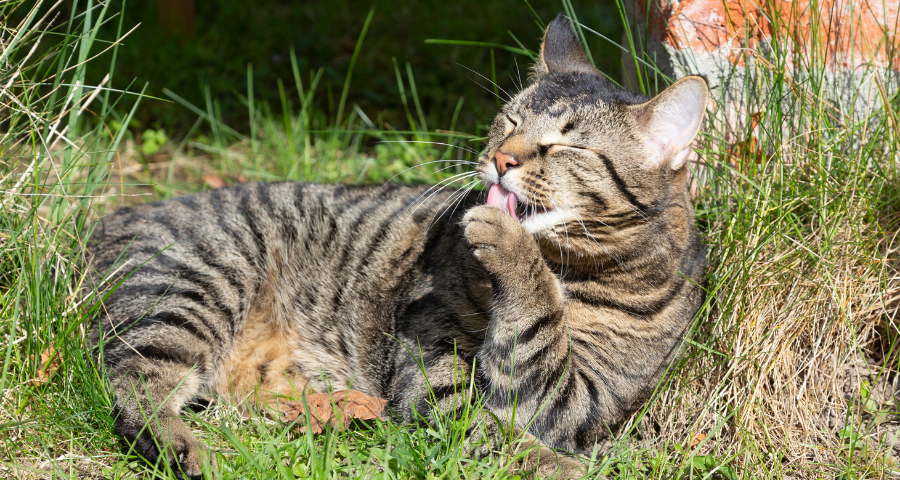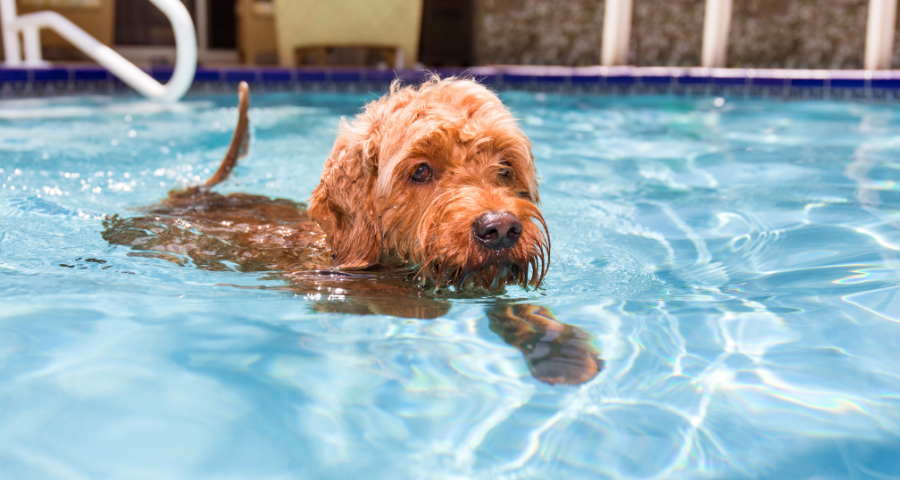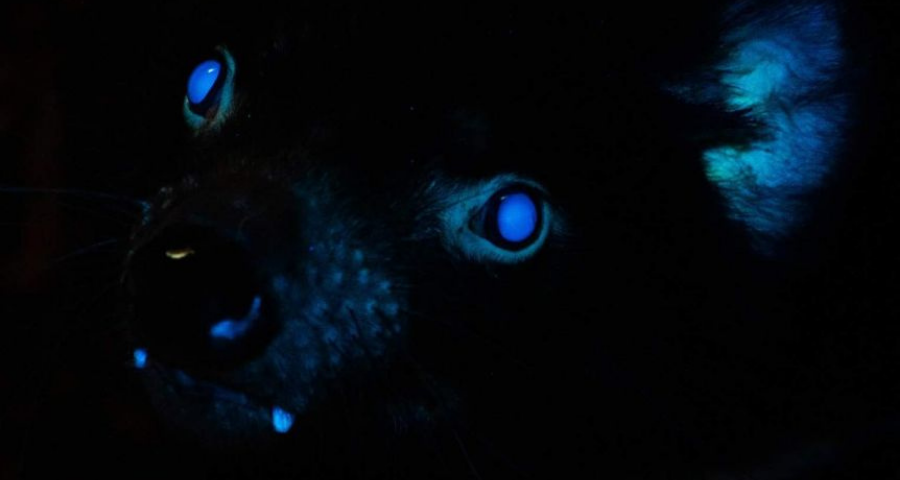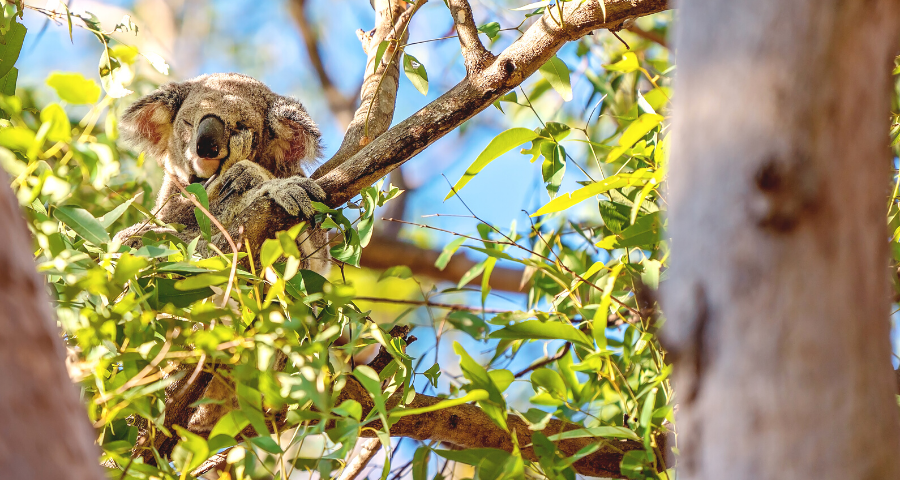| |
|
|
| |
Mira Mar Veterinary Hospital
|
|
| |
|
|
| |
|
|
| |
|
|
|
|

|
| |
HAPPY NEW YEAR!
|
|
| |
|
|
| |
We would like to take this opportunity to wish our clients and their pets a peaceful and prosperous 2021. Here's hoping it's slightly less stressful than the previous year!
Our first newsletter edition for this year is all about keeping your pets and other animals as safe as possible over the summer months. We hope you enjoy it!
As always. if you have any concerns or questions about our newsletter content, please give our friendly staff a call on 9841 5422. |
|
|
|

|
| |
Last Puppy Preschool class for 2020!
|
|
| |
|
|
| |
Congratulations to our last Puppy Preschool graduates for the year, who just snuck in before Christmas!
This super cute bunch included Tui, Cisco, Bella and Trixie - well done puppies!
Puppy Preschool will kick off again in January, please give the clinic a call on 98415422 if you would like to book in! |
|
| |
|
|
| |
CALL NOW
|
|
|
|

|
| |
Heatstroke safety
|
|
| |
|
|
| |
On hot or humid summer days, be aware of the risk of heatstroke for your pet, and take precautions to keep them comfortable and safe.
Heatstroke is when your pet’s body gains more heat than their natural cooling mechanisms (such as panting) can cope with, causing their body temperature to rise above normal safe levels. This overheating can trigger a cardiovascular shock state in your pet and can cause potentially-fatal damage to organs, such as the brain, kidney, liver and heart.
Some animals have a naturally higher risk of heatstroke, due to a reduced ability to cool themselves down. Pets at risk include:
- Snub-nosed dog or cat breeds such as pugs, bulldogs or persians – these breeds generally have narrower airways, meaning they can’t pant as effectively.
- Thick-coated breeds such as huskies and golden retrievers.
- Pets with pre-existing airway issues, such as elderly labradors with laryngeal paralysis.
- Overweight pets.
To keep your pet safe this summer:
- Ensure they always have access to generous shade and cool water.
- Only exercise your pet in the cooler early morning or evening, and stop if they seem to be panting a lot.
- Never leave your pet in a hot car – for your pet to be in the car safely, they require the air-conditioning to be running and adult supervision.
- If you have an at-risk pet, as mentioned above, keep them indoors with a fan or air-conditioning in temperatures more than 28°C (or if it’s very humid).
Signs of heatstroke can include heavy panting, darker red gum colour, excessive drooling, mental dullness, and inability to stand. If you think your pet may be developing heat stroke, gently soak them with cool (not cold) water, and then (without drying them), drive them to our veterinary clinic immediately for urgent care. |
|
|
|

|
| |
Spotting grass seeds
|
|
| |
|
|
| |
If you live in a rural area, keep an eye out for grass seeds (or ‘awns’) over spring and summer. For our pets, grass seeds are more than just annoying – they can become painful foreign bodies, causing infection and requiring veterinary treatment.
Some grass seeds have sharp tips and backwards-facing barbs, which are unfortunately perfect for getting embedded in your pet’s tissues and migrating in deeply.
Pets who run through tall grass are most at risk, particularly breeds with dense medium-length fur that traps seeds against the skin.
Grass seeds most frequently get stuck in animal’s eyes, paws, ears or airways, and therefore common symptoms can include:
- A puffy, red, weeping eye, which is too sore to open.
- A sore swollen area between your pet’s toes, which your pet may lick a lot.
- A sore ear canal, often with discharge.
- Unusual respiratory sounds, such as nostril snorting (which may be accompanied by nasal discharge), gagging or persistent coughing.
If your pet is showing any of these symptoms during grass seed season, it’s best to book an appointment with one of our vets as soon as possible. If caught early enough, we may be able to remove the seed in a consultation using small surgical forceps. If your pet is in a lot of pain, or the seed has migrated more deeply, your pet will need an anaesthetic for surgical treatment. On occasion, pets may require a referral to a specialist hospital for advanced imaging, such as MRI or CT, to search for a seed that has migrated deeply into their airways or other body tissues.
To help prevent grass seed foreign bodies, groom your pet weekly to minimise their coat thickness. For longer-haired pets, consider clipping their fur short to help you spot grass seeds early.
Please contact our team if you have any other questions about grass seed injuries. |
|
|
|

|
| |
Medicating your pet: a spoonful of sugar?
|
|
| |
|
|
| |
We know giving oral medications to your pet can be tricky, especially if your pet isn’t the cooperative type. Medicate like a pro with these tips:
- Many dogs (and occasional cats) will eat medications hidden in a small tasty treat, especially just prior to a meal. It helps to have a few “decoy” treats ready. This way you can feed your pet a few decoys, and then casually give them the medicated treat whilst holding up the next decoy treat for them to see. In many cases, pets will quickly swallow the medicated treat to make way for the treat they can see in your hand!
- To mask the taste of tablets, try using something tasty to coat it, such as a small blob of peanut butter, or semi-melted cheese or butter (which you wrap around the tablet and refrigerate briefly to set).
- In cases where you need to “pill” your pet, it helps to have everything set out ready to go. This includes having the correct dose of medication close-to-hand, plus any bribes you wish to offer your pet, and a syringe of water to help your pet swallow the medication.
- When administering pills or liquids orally, correct restraint of your pet is very important. For wriggly cats or small dogs, consider wrapping them in a thick blanket “burrito-style” (with their head popping out the top), or kneeling on the ground with them gently trapped between your thighs. For larger dogs, either gently crouch behind them to prevent them from backing up, or have someone help you out with a gentle hug-hold.
- We suggest watching the Dechra Veterinary Products video “How to pill a cat” on Youtube. This shows good technique of how to administer oral medications to a cat.
If you’re really having trouble medicating your pet, call our helpful team for advice! |
|
|
|

|
| |
Summer hazards
|
|
| |
|
|
| |
Over the summer holidays, your pet will likely be spending lots more time outside. Keep an eye out for a few warm weather hazards that could bring a halt to your pet’s fun in the sun.
Cats and cars
After a spot of sunbathing outside, cats often retreat to a shady area to cool off. Unfortunately, this can sometimes be underneath parked cars! Before zooming off in your car, check that you have no kitties lounging around underneath.
Hot pavement
In the summer sun, the temperature of pavement can reach up to 60°C, and can retain heat for hours after. Before taking your pet for a walk, check the pavement temperature. If it’s too hot for you to comfortably touch for at least 10 seconds, it is likely to burn your pet’s paws.
Water safety
Before bringing your dog into the pool for a summer dip, make sure it’s going to be a safe experience for them – pets who aren’t experienced swimmers are at risk of inhaling water and developing dangerous pneumonia, or drowning. Ensure there’s always an adult around to supervise your pet. If you’re unsure of your pet’s swimming ability, consider purchasing a doggy life jacket online. Start by checking that your pet is happy to stand in the shallow water over the pool steps, and don’t force them into the water if they’re showing signs of being anxious.
Sun safety
Sun damage to your pet’s skin can lead to the development of skin cancers, with pink-skinned pets being most at risk (especially pink ears, noses and bellies!). Ensure you keep susceptible pets out of the sun between 9:30am and 4pm in summer, or regularly apply a pet-safe sunscreen to them.
If you have any further questions about pet sun and water safety, ask our friendly team! |
|
|
|

|
| |
Animal News In Brief
|
|
| |
|
|
| |
Image source: ABC News
Way to glow!
Until recently, the only documented UV-glowing phenomena has occurred in bugs, plants or marine life. But a recent Facebook post from Ohio’s Toledo Zoo has revealed that the ultraviolet light glowers among us include Australia’s own Tasmanian devil. Only a mere few months before the US zoo’s findings, it was discovered that Australia’s platypus also gives off its own biofluorescence, meaning marsupials and mammals are now included on the list of UV-reactive species. The Toledo Zoo noted that it was the “skin around [the devil’s] snout, eyes, and inner ear” that could absorb the UV light and re-emit it “as blue visible light”. Though it is suspected that platypuses may have used this speciality as a way to differentiate their fellow platypus friends from predators in the distance, there is still no ecological evidence for the purpose of the Tasmanian devil’s glow, other than it being really, really heckin’ cool.
Read more about the glow of the Tasmanian devil here and the platypus here.
-----
The platypus is under threat
Not just because we now know that they glow, but also because they are a privilege to Australia’s great heritage and ecosystem, we cannot let the platypus become endangered. After noticing a shocking 22% decrease of their population in just the last 30 years, UNSW Sydney scientists have undertaken a landmark assessment to officially recategorise the native favourite as “threatened” under environmental legislation. UNSW’s Dr Gilad Bino stated that with unsustainable water extraction and land clearing, our platypuses’ habitats will continue to be put under pressure and drive future declines. Prof. Richard Kingsford, CES Director said with Australia also facing the serious threat of fire and drought, the future welfare of the platypus must have an increased focus and become a “national and international responsibility”.
Read more about the UNSW assessment on the platypus here.
-----
Pet care hack: palms before paws
It’s too easy to just pop on a pair of shoes and head out for a walk with your furry friend on a nice, sunny day - but how often do you check the heat of the ground before leaving? Queenslander mum, Clare, was unaware of how detrimental the effects of the sun on the ground could be, when her golden retriever-poodle cross pup, Humphrey, was just in the backyard on a normal, sunny spring day. After noticing Humphrey start to limp in pain, Clare and her family rushed Humphrey to their local emergency vet. Humphrey’s paws had been burnt from the hot ground. Shocked owner Clare said that they “didn't expect it to happen in our garden on white tiles” but it really can happen - just like that. So, how can you look out for your four-legged friend on sunny days?
Pet care hack of the month: For 10 seconds, place your palm on the ground outside to test the temperature. If it’s too hot to keep your hand there, then it’s too hot for your pooch. Before every walk in warm weather, remember: palms before paws.
Read more about Humphrey’s paw injuries here. |
|
|
|

|
| |
Wildlife in the heat
|
|
| |
|
|
| |
On those sweltering hot summer days, our native wildlife can suffer from heat stress and dehydration too. This can make them more vulnerable to injury or attack from predators. Here are a few simple ways that you can help support wildlife during the heat:
Provide water
Try to provide wildlife with a variety of shallow drinking bowls in the shade (so they won’t get too hot), both on the ground and in trees. Place a few rocks and small branches in each drinking bowl, so small animals are able to climb in and out safely.
If you find an animal searching for water, resist the temptation to pour water straight into their mouth, which risks causing choking.
Plant native species
If you’re a keen gardener, ask your local gardening centre about the best native trees or shrubs you can plant to provide safe, shaded areas for animals or birds to shelter and feed in.
Assist distressed animals
If you find a weak or disoriented animal (e.g. a koala or flying fox on the ground, or a possum out in daylight), they may be injured or heat-stressed.
If you can’t see any obvious injuries, try providing the animal with some shade (a cardboard box or a beach umbrella) and a dish of water, and monitor them. If they don’t seem to be recovering over 30 minutes, it’s best to phone a wildlife care service. Check out this list for the closest wildlife rescue service near you. Depending on the situation, safe rescue may involve a carer collecting the animal, or you picking up the animal in a towel, placing it into a ventilated cardboard box and bringing it to our clinic for assessment. Remember to avoid handling flying foxes – these should be handled only by experienced wildlife carers. |
|
|
|
| |
This email contains comments of a general nature only and is not intended to be a substitute for professional veterinary advice. It should not be relied on as the basis for whether you do or don't do anything.
All content © Pet Pack 2020 |
|
|
|
[Footer]
|